17 Aug Differences between a flash and an LED light for macro photography

When starting out using an additional light source for macro photography, there are a several solutions to choose from, but not all are equally effective and some have massive drawbacks.
Many people try to choose between an LED light and a flash but have no idea where the actual differences are.
Let´s have a look at the advantages and disadvantages of using an LED light or a flash for macro photography.
To be honest and straight forward, my personal approach and style of photographing tiny insects & spiders requires me to use a flash and i am a declared advocate for flash photography.
I will tell you why in an instant.
The difference between an LED light and a flash
While an LED light emits continuous light of a certain intensity, a flash emits light in a short burst/flash.
The output of an LED light is usually considerably lower than the flash.
Since we want to have the most versatile option at hands, this is a definite pro for the flash – it simply provides a stronger lighting – or at least CAN provide it, if needed.
The short duration of the flash, in contrast to the continuous light of the LED, provides us with the greatest advantage in macro photography:
It is able to freeze motion.
The lower the flash power output, the shorter the flash burn time will be and the stronger the freezing-effect will be.
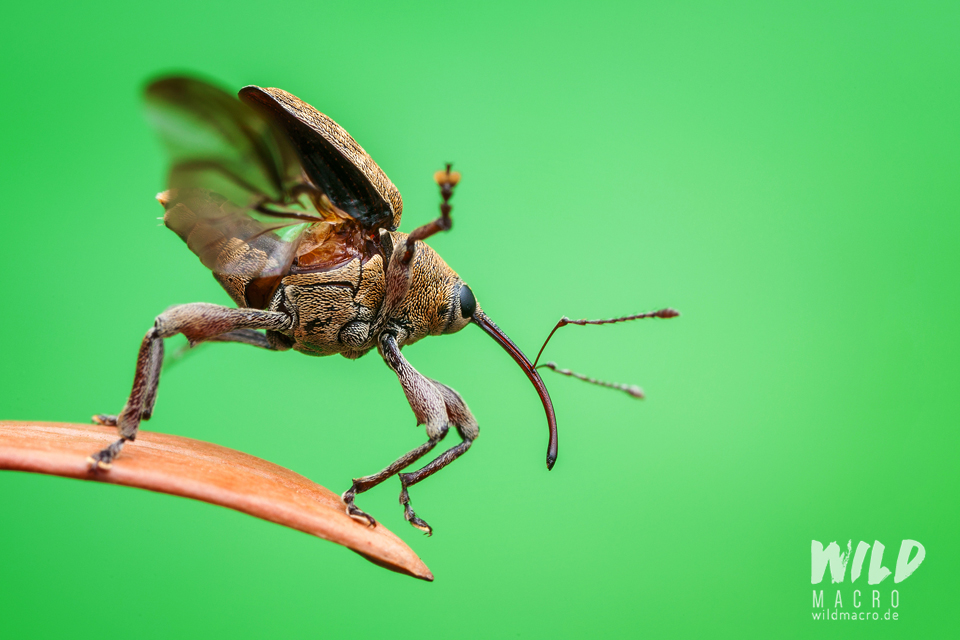

This is why I would always choose a flash over a continuous LED light when photographing subjects that (might) move (or can be moved, by wind for example).
As a desirable side-effect the flash also helps ‘overpowering’ shaky hands.
When it comes to filming, or photographic static scenes, with a tripod, it is a completely different thing.
Using a flash while filming is not possible, hence why an LED light will work great here.
Tip: I am a huge fan of the Godox V series flashes (i use the V860III , the V1 and the MF12 ). Not only do they have an innovative interchangeable battery, but many models come with a build-in LED light, which can even be powerful enough for basic filming and at the same time can act as a focusing light.
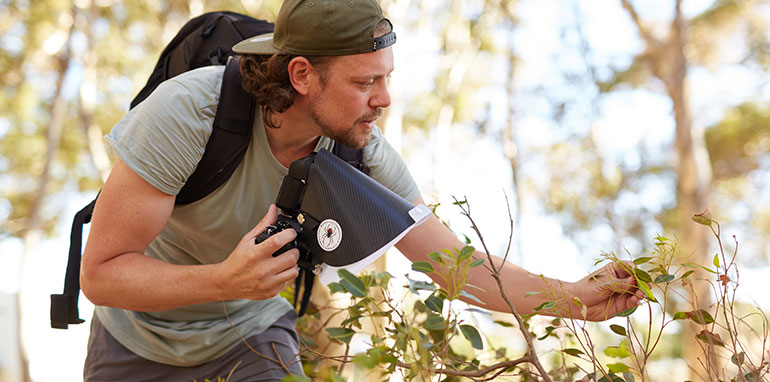
Possible disadvantages when using a flash for macro photography
- Harsh lighting (but the same goes for direct midday sunlight)
- Difficulties to balance natural light and flash exposure
- Risk of creating unwanted black backgrounds
- A bigger, heavier and bulkier setup
Will my photos look unnatural with flash?
Not, if the flash is used with correct settings and reasonable flash power to avoid over exposure.
The flash will show in reflections sometimes, but usually you can take natural looking photos with it, without anyone noticing.
Properly diffusing the flash with a customized macro diffuser, will create beautiful and evenly distributed light.
You can read more about macro diffusers here.
Often photographing with a flash (and diffuser) will bring out details even better, and also look better, than using only natural light, i.e. the sun.
It should be considered, that a diffused flash in macro photography does have a relatively short reach and will produce pitch black backgrounds if there is a great distance between subject and background – simply because the flash cannot reach the background.
This can be avoided by bringing in additional foliage, flowers or adjusting the angle at which you are shooting.
Here is what it will look like if the flash does not hit any background (or if you photograph at night):
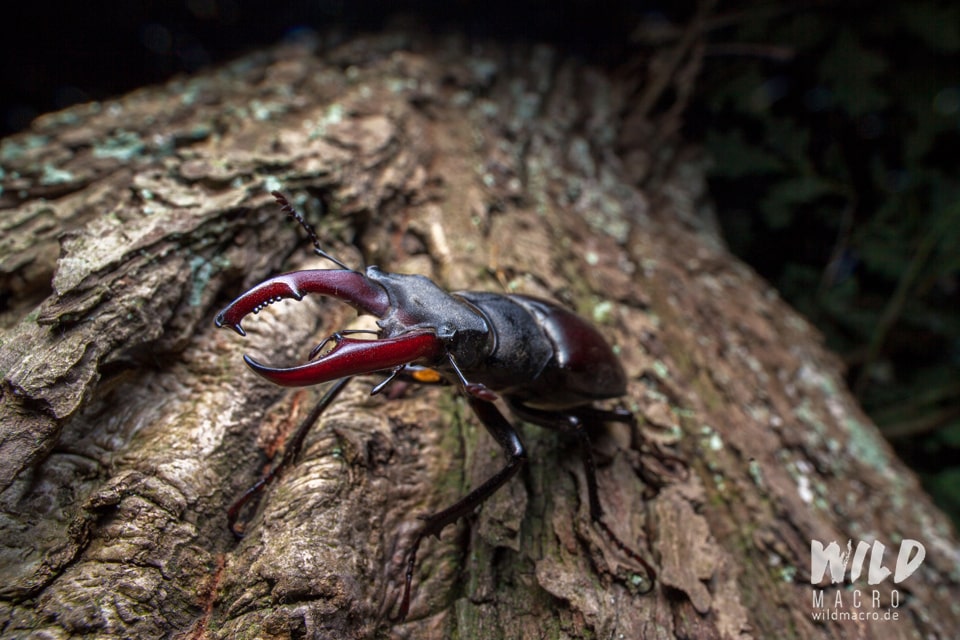



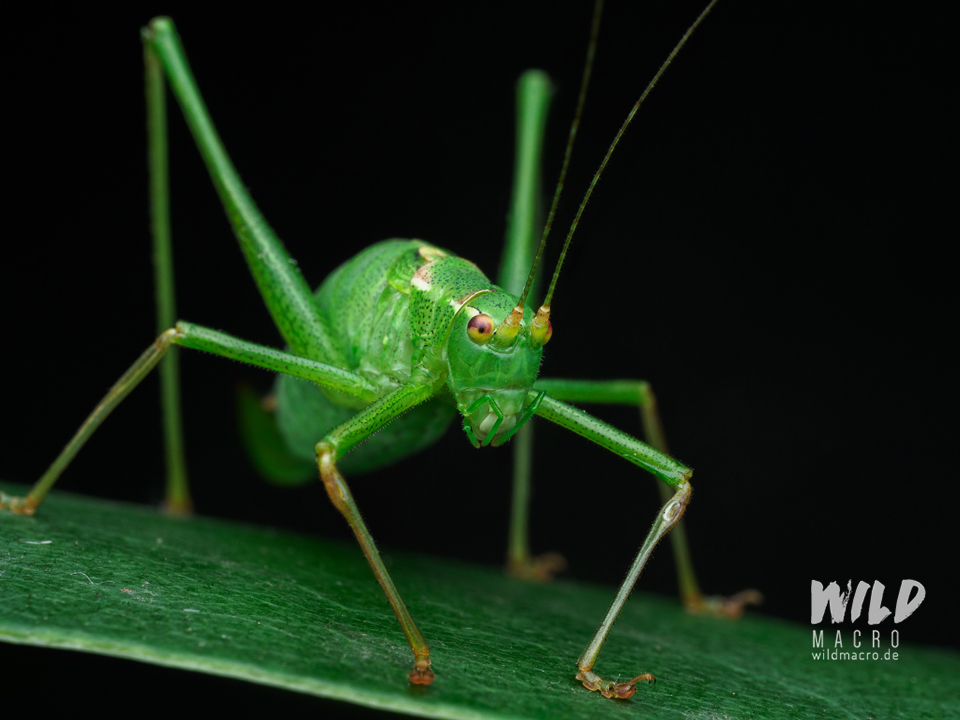

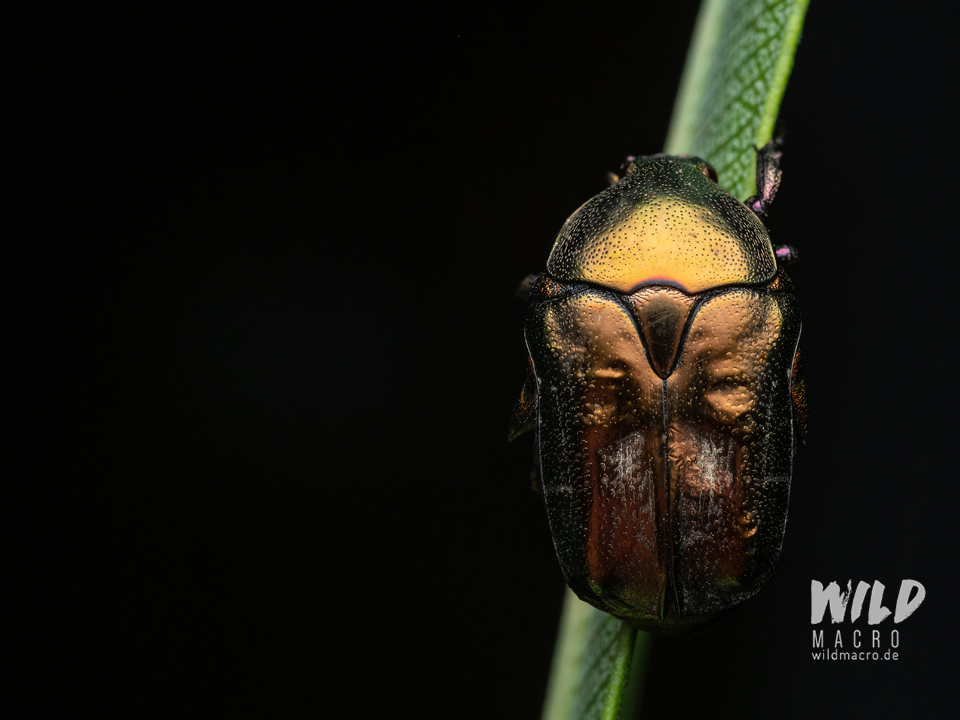

The following macro photos were all taken with a manual flash, that overpowered all available light, but hit the background, so the scene is primarily or soley lit by the flash:
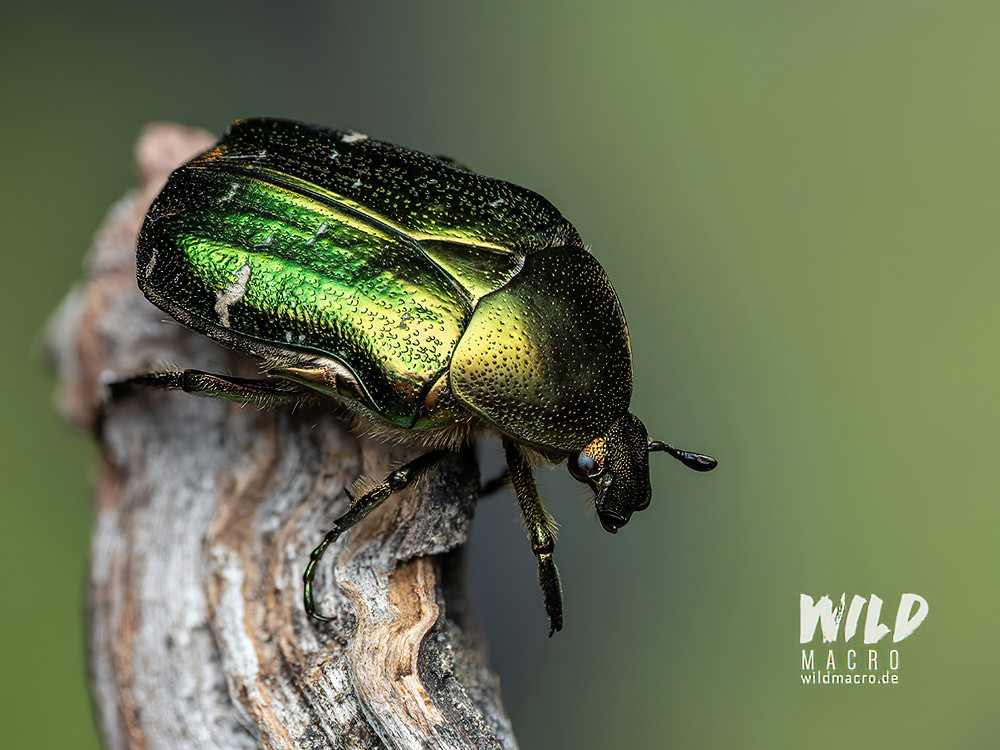
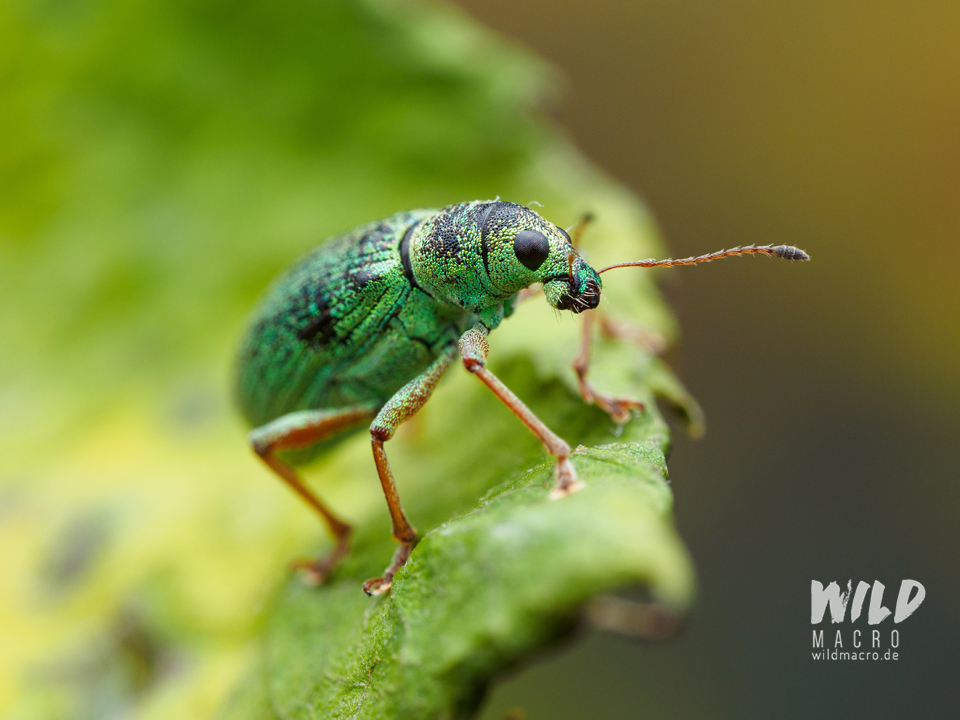
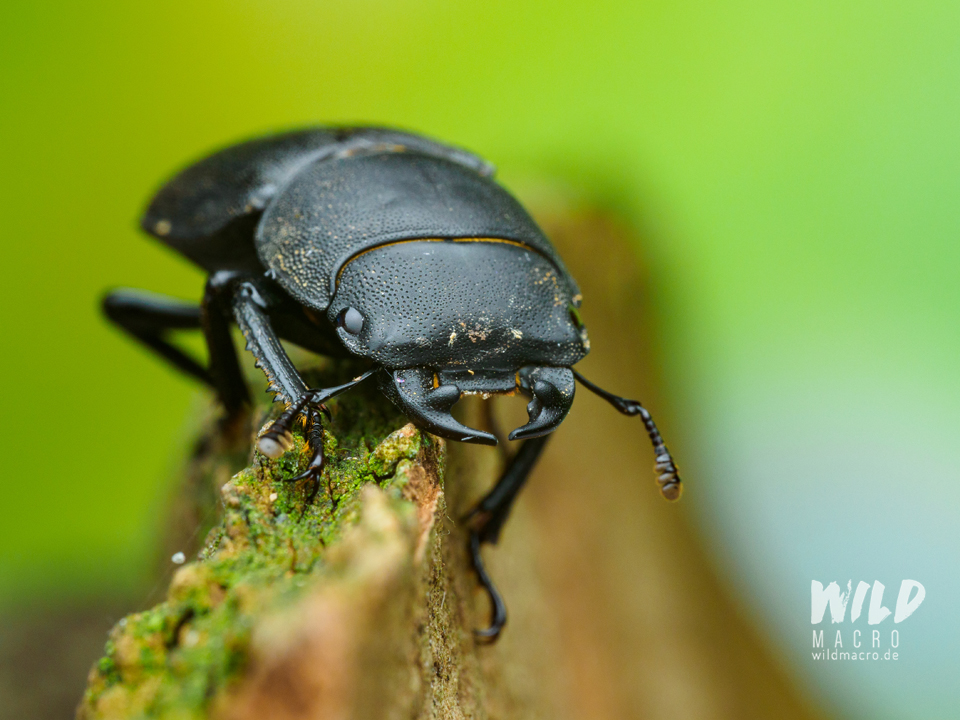

Here, a flash was used to brighten up the foreground scene, while the strong midday sun was hitting all of the the surrounding area:
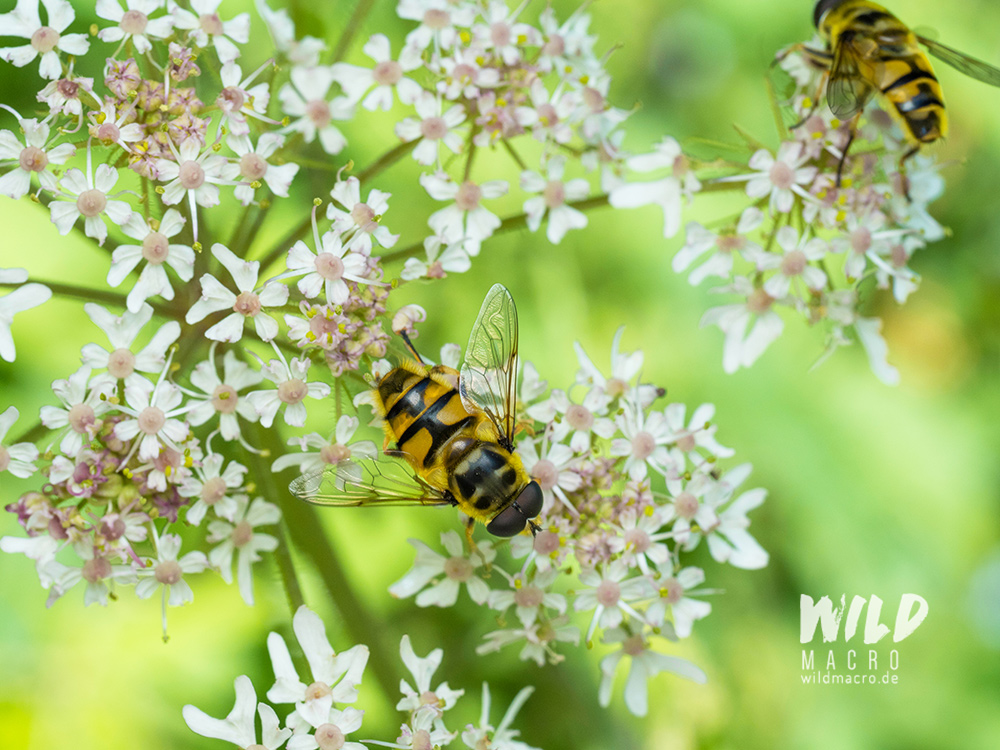
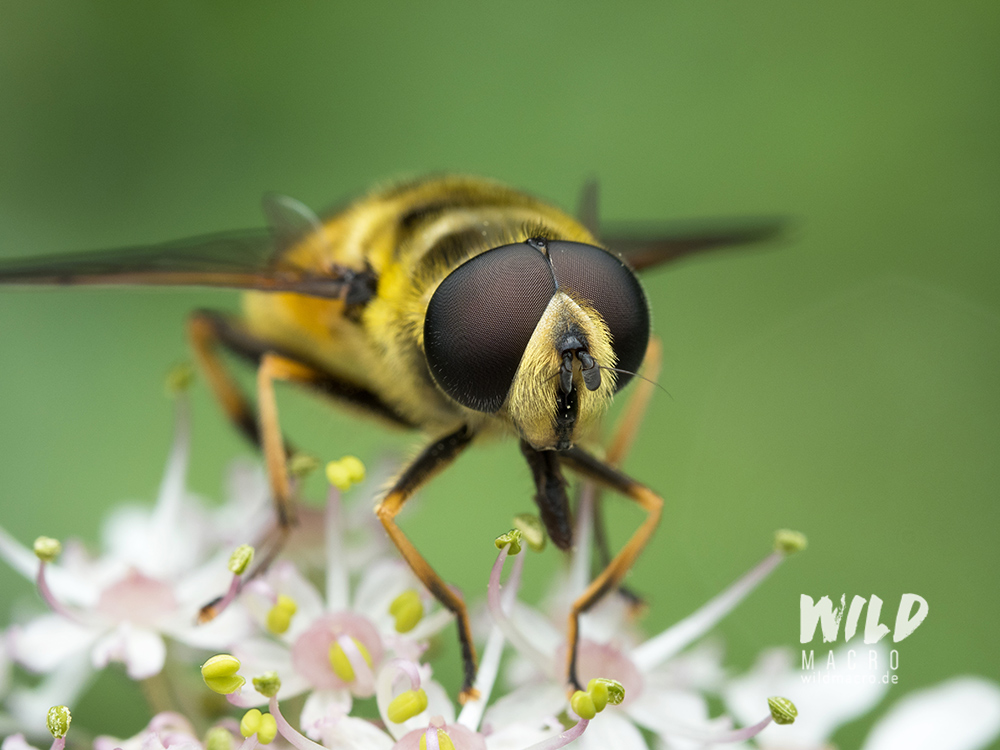
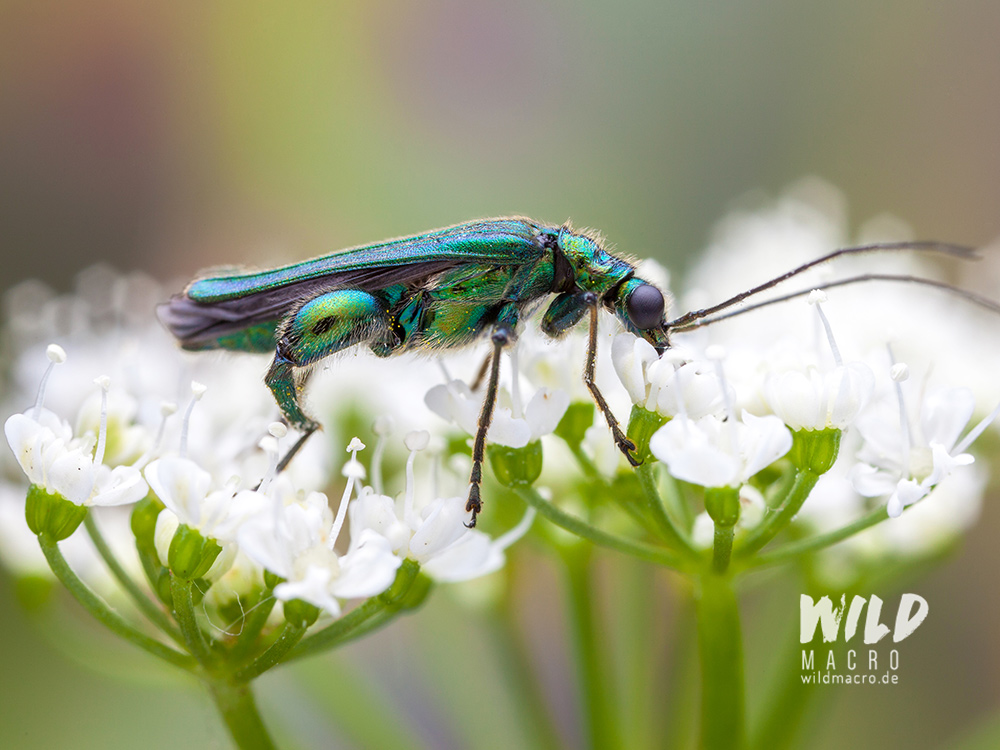
A word of caution on the ring flash and ring LED:
The distinct round form of these will result in very distinct reflections in the eyes of certain beetle & spider species and also on shiny surfaces, like beetle wings.
These reflections look extremely unnatural (as usual this is a matter of personal taste) and can distract from the natural look you might want to achieve.
So, keep that in mind, when thinking about buying a macro ring flash (or LED).
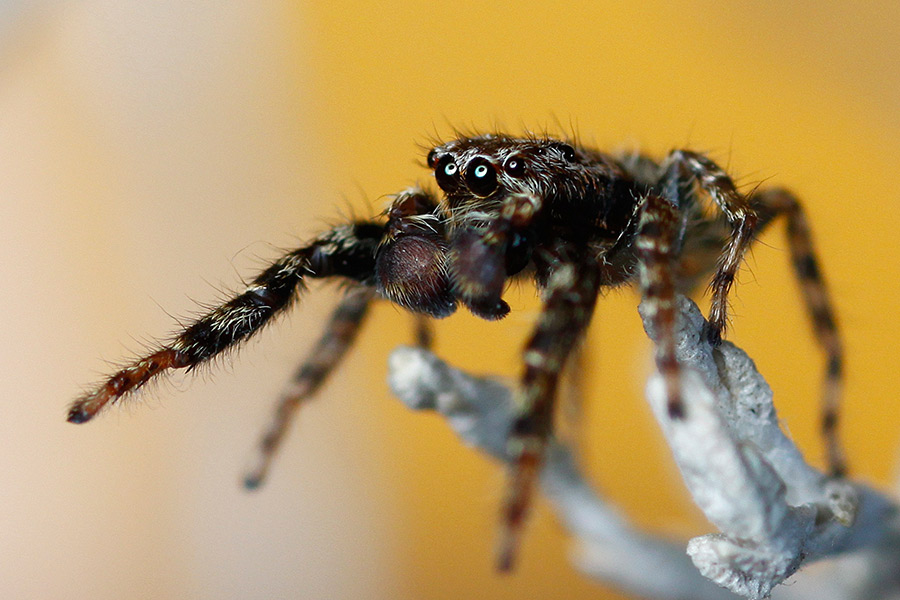
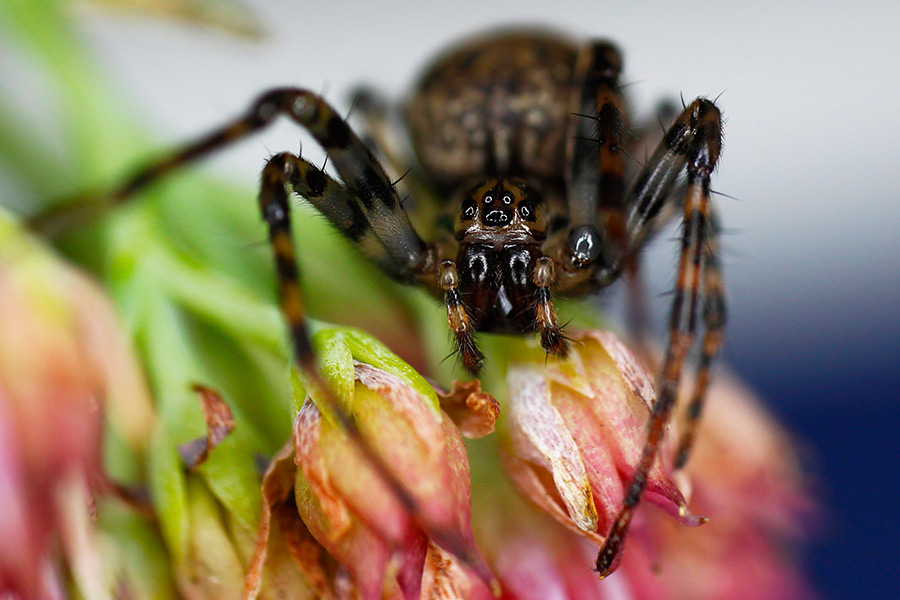
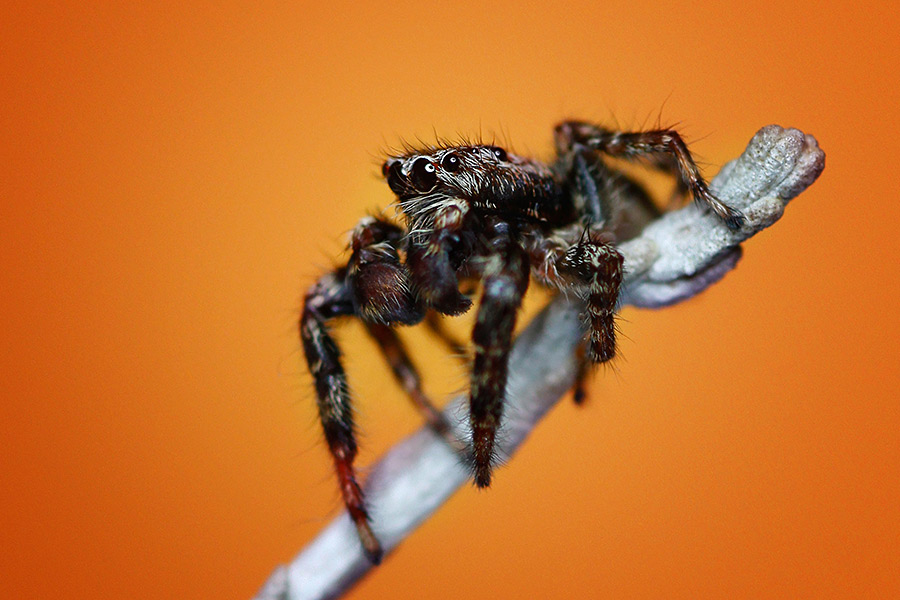
Sign up for the newsletter mailing list & free ebook

Did you enjoy these tips and want to learn more or improve your macro photography skills?
Stay up to date with new blog posts, reviews and tutorial- and ebook-releases.
Sign up below to get notified when the free edition of my ebook
‘How to master spider & insect macro photography’ is ready for download.



No Comments